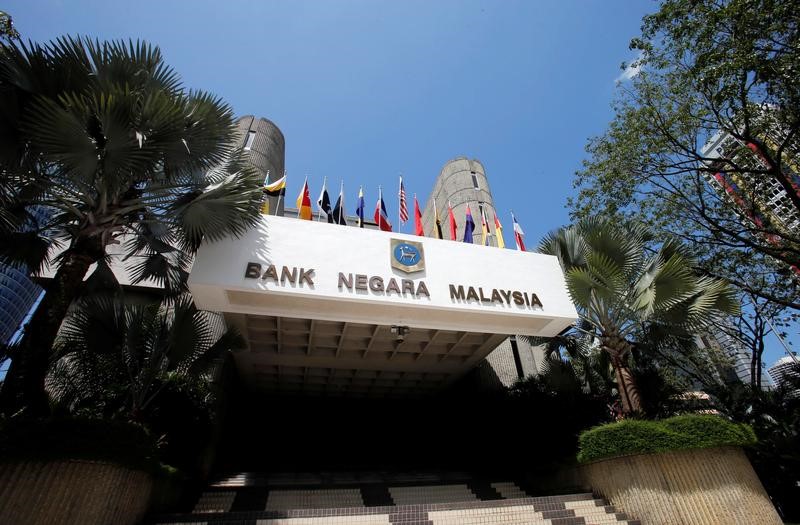This post was originally published on this site

The yield on the benchmark 10-year security has dropped more than 40 basis points in April as investors have piled into longer maturities after the yield curve climbed to the steepest in more than three years.
Demand for Malaysia’s debt has been bolstered by expectations the central bank will lower its overnight policy rate by at least another 25 basis points in coming months to help cushion the economy from the impact of the coronavirus. Bank Negara Malaysia, which has already cut its benchmark by 50 basis points this year, next meets on May 5.
Malaysia’s bonds have so far proved largely impervious to the slump in crude, but this might start to change if it becomes clear the oil glut will prove more than a temporary disruption. Malaysia derives about 20% of its revenue from energy-related sources, according to DBS Group Holdings Ltd., meaning a sustained decline in prices will eventually feed through into its long-term finances.
The government is forecasting a fiscal deficit of about 4% of gross domestic product this year, but this is based on a Brent crude assumption of $35 to $40 a barrel. The London benchmark tumbled to $15.98 this week, the lowest since 1999. The central bank said earlier this month that GDP might contract as much as 2% this year, or grow as much as 0.5%, estimates that are not too distant from those of its neighbors. Indonesia is predicting an expansion of 2.3%, while Thailand has forecast minus 5.3%.
At least in the short term though, the improvement in emerging-market funding conditions bodes well for the nation’s local-currency assets. Hedging costs in ringgit basis swaps have declined from the middle of March, bolstered by the central bank’s reported access to direct dollar funding with the Federal Reserve via a repurchase agreement facility.
These improving conditions may have encouraged the offshore interest that helped Malaysian bonds outperform this month. The surge in demand was also precipitated by surprisingly robust April 14 auction of mostly domestically-held Islamic-compliant 10-year debt. Bids at the offering outstripped supply by more than three to one, leaving behind a reservoir of foreign funds and real-money onshore players who decided to boost purchases of longer maturities in the secondary market instead.
Whether the more positive tailwind from overseas buyers will help offset any impact from the oil turmoil the next few weeks are likely to reveal.
What to Watch
NOTE: Marcus Wong is an EM macro strategist who writes for Bloomberg. The observations he makes are his own and not intended as investment advice
©2020 Bloomberg L.P.



